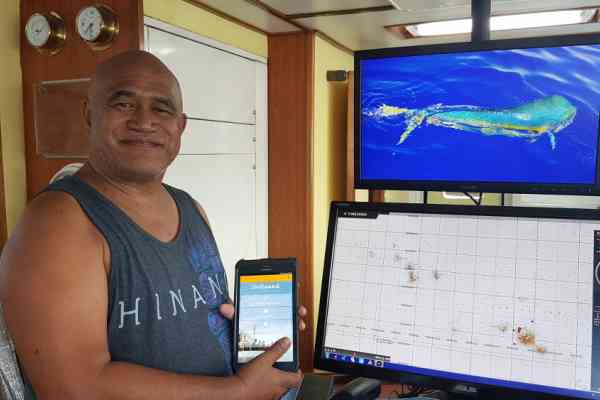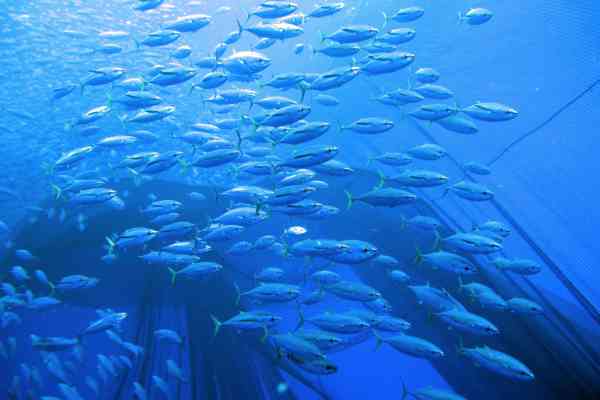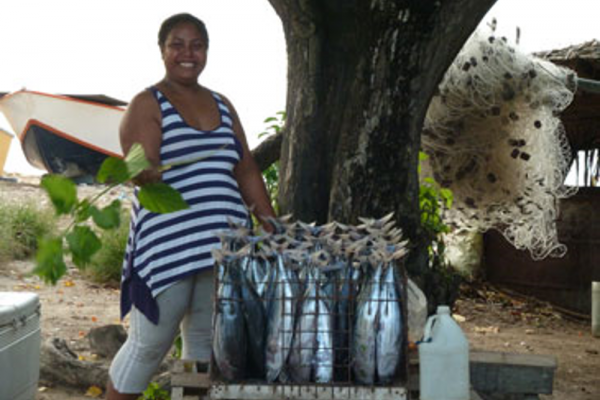The results of the latest tuna stock status assessments, announced this week during the 16th Western and Central Pacific Fisheries Commission (WCPFC) meeting in Port Moresby, Papua New Guinea, highlight that the four key tuna stocks in the western and central Pacific are in a healthy state. This is globally significant as the Western and Central Pacific region accounts for 54% of the global tuna catch.
The Pacific Community (SPC), the contracted science services provider of the Western and Central Pacific Fisheries Commission (WCPFC) – which is the Regional organisation for Fisheries conservation and management for the Pacific – estimated the total tuna catch in the WCPFC Convention Area for 2018 at 2,790,859 tonnes (t) - a small drop from the record high of 2,885,044t experienced in 2014. The total tuna catch in the WCPFC Convention Area for 2018 represented 81% of the total Pacific Ocean catch (3,443,174t), and 54% of the global tuna catch (the global tuna catch estimate for 2018 being 5,172,543t).
The WCPFC’s Executive Director Mr Feleti Teo said, “Our region has had all of its key commercial tuna stocks of bigeye, skipjack, south Pacific albacore and yellowfin tuna assessed to have been managed and maintained above agreed sustainable levels. This accomplishment is not matched by any other regional ocean in the world.”
“A sustainably-managed, healthy fishery is fundamental to both the food security and the revenue generated from the most important natural resource of Pacific Island countries and territories,” says Dr Graham Pilling, Director of the Oceanic Fisheries Programme at the Pacific Community. “The healthy status of WCPO tuna stocks is attributed to the management of the fishery through the WCPFC process and its members, including the key roles played by the Pacific Island member countries and subregional fisheries agencies including the Fisheries Forum Agency (FFA) and the Parties to the Nauru Agreement (PNA),” he concludes.
However, such an accomplishment creates the challenge of the temptation to be complacent and to be less vigilant in the collective conservation efforts. While the Western Central of Pacific Ocean (WCPO) tuna stocks are currently healthy, there remain other challenges, for example, certain WCPO billfish and shark stocks are in need of urgent attention. There are also other challenges, such as the economic impacts resulting from the recent decline in the price of skipjack tuna, which has fallen below US$1,000/MT for the first time in a number of years.
To avoid complacency and address these challenges, the WCPFC is focussed on developing and implementing Harvest Strategies for the key tuna stocks. The harvest strategies work of the WCPFC is focussed on achieving long-term fishery objectives, such as improving economic performance while ensuring stock sustainability.
“I am very grateful to SPC for their significant contribution to providing science and data inputs into the important Harvest Strategy work of the Commission, and their innovative efforts and initiatives to engage with Cooperating Members, Cooperating non-members and Participating Territories (CCMs) and contribute to building their capacity in terms of Harvest Strategy,” says Ms. Jung-re Riley Kim, WCPFC chair.
Useful links:
The summary of SPC Fisheries Division work on tuna stock status: http://bit.ly/SPC_TunaSTATUS2018
Media contacts:
Toky Rasoloarimanana, Communications Officer, Fisheries, Aquaculture and Marine Ecosystems Division, Pacific Community (SPC) | [email protected] or Tel: +687 89 93 94 or Whatsapp: +230 57 43 36 61
Feleti P Teo, Executive Director of the Western and Central Pacific Fisheries Commission (WCPFC) | [email protected] or Tel: +691 320 1992
About the Pacific Community Fisheries, Aquaculture and Marine Ecosystems Division:
The Regional Fisheries response have been part of SPC mandate for almost seventy years. The SPC Fisheries, Aquaculture and Marine Ecosystems Division leads fisheries science expertise in the Pacific region and supports the 22 Pacific Island countries & territories in coastal fisheries and aquaculture. We are working in an area covering 28.2 million km² of ocean, with the support of over 35 international partners.
The Pacific Community has been supporting sustainable development in the Pacific, through science, knowledge and innovation since 1947. It is the principal intergovernmental organization in the region, owned and governed by its 26 member countries and territories. www.spc.int
About the WCPFC:
The Western and Central Pacific Fisheries Commission (WCPFC) was established by the Convention for the Conservation and Management of Highly Migratory Fish Stocks in the Western and Central Pacific Ocean (WCPF Convention) which entered into force on 19 June 2004. The WCPF Convention draws on many of the provisions of the UN Fish Stocks Agreement [UNFSA] while, at the same time, reflecting the special political, socio-economic, geographical and environmental characteristics of the western and central Pacific Ocean (WCPO) region. The WCPFC Convention seeks to address problems in the management of high seas fisheries resulting from unregulated fishing, over-capitalisation, excessive fleet capacity, vessel re-flagging to escape controls, insufficiently selective gear, unreliable databases and insufficient multilateral cooperation in respect to conservation and management of highly migratory fish stocks. www.wcpfc.int


